 A Baja, Mexico sunrise. Beautiful, isn’t it? I miss them.
A Baja, Mexico sunrise. Beautiful, isn’t it? I miss them.
Did you ever have a dream when you were young, something you imagined doing without any thought as to how the plan would materialize? Mine was working in marine biology, specifically working with whales, though I don’t think I really knew what that meant. I do remember as a kid in the 60s sitting cross legged in front of the family TV mesmerized by The Underseas World of Jacque Cousteau. I wanted that adventure, the interactions with the marine mammals, though I had no understanding of diving or had ever met anyone who dived. My single point of reference was the TV show Sea Hunt.
Who knows if I might have turned my fantasy into a reality. My life took a different turn, my mother died unexpectedly, my adolescent mood took a nose dive, adults and I wondered if I’d survive high school. Prepping me for a career in science just wasn’t in the mix.
Fast forward. I did complete high school and went on to earn advanced degrees. But that was my work life. Now I’m retired.
Retirement is a blank slate, a time when one can do and be whatever she wants. While I’m not interested in pursuing a PhD in marine bio, cause honestly doing that dance once was plenty, I am using travel bucks to enjoy marine life, especially whales.

An adult gray whale close by our panga. They are huge.
Richard calls 2019 The Year of the Whale. Our Oregon whale license plate, decorated with a mama gray and her calf, arrived in January. In February, we fled to Hawaii to see the humpback whales in the warmer, protected waters off Maui, an area they visit each year to mate and give birth.
But this year I turn 65 (Medicare here I come) so as a gift, I received a trip to Magdalena Bay in Baja, Mexico, the magical place grays migrate to each year to mate, give birth, and then train their calves for the long migration to their summer feeding grounds in the Arctic.

Our Mexican panga pilots waiting for us to board their boats. Notice the desert landscape….
The Baja peninsula doesn’t appeal to everyone. In fact, some on the expedition ship were bothered by the landscape. Baja isn’t lush, verdant the way Hawaii is but rather brown, desert-like, with scrubby plants. Mangroves, hardy trees, grow on the shores of the bay but not much else. While the land appears unforgiving, harsh, and almost uninhabitable, the water, the beautiful bay teems with life. Sea birds are everywhere. Brown pelicans known for their klutzy crash landings are abundant. Terns, cormorants and other birds fill the skies and bay. I love Baja and the gray whales. In the shallow, protected bay, the calm grays captivate those of us in the pangas with their behaviors — spy hopping, reverse diving, breaching, resting and just swimming around. I’m enchanted by these magnificent gentle mammals.

A very old gray whale kind of spy hopping. The white on the whale is scarring, left after it rubbed barnacles off its body. Naturalists told us that the whiter the whale, the longer it has rubbed barnacles off, and thus the older it is. Beautiful, isn’t it?

Bird beach — terns, brown pelicans, blue heron, and more.
While these whales have strongly come back from near extinction, many whales around the world are endangered, partly because of oceans polluted with plastic. A simple scan of the current headlines will yield too many stories of dead whales filled with plastic. On this Lindblad/National Geographic trip, our naturalist leaders reminded us frequently that humans protect what they love. Let’s protect the oceans and our lovable whales.
I’ll leave you with a beautiful sunset. Our time on this planet is limited. But our impact is lasting.
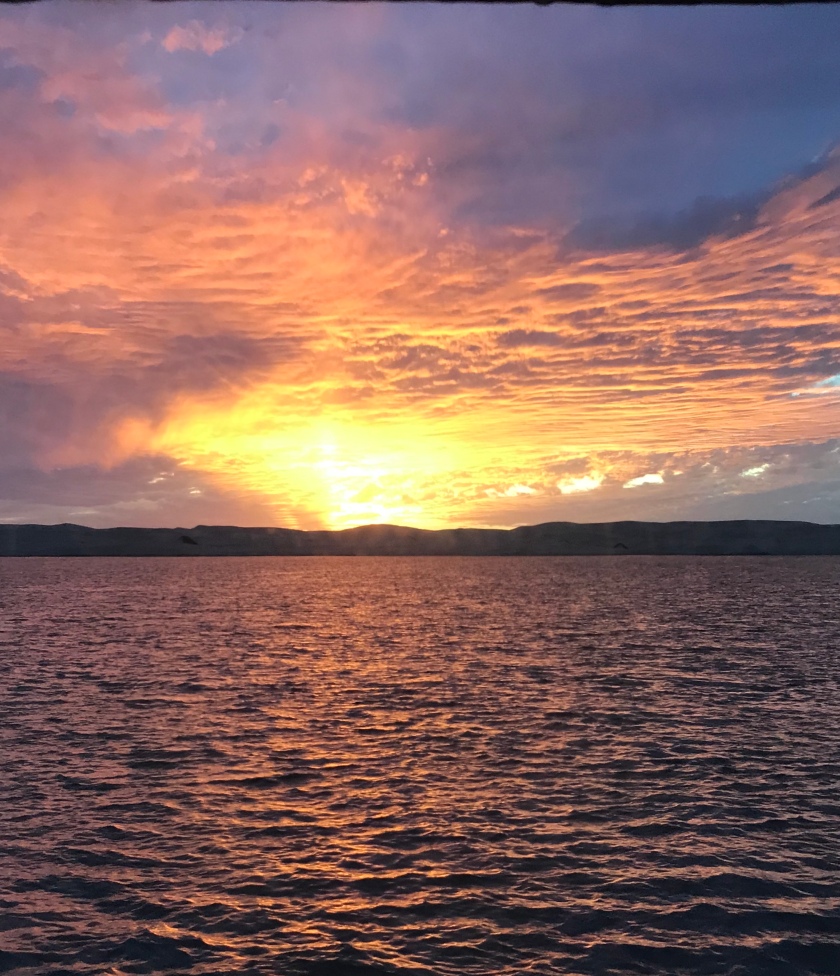 More marine adventures still to come…….
More marine adventures still to come…….
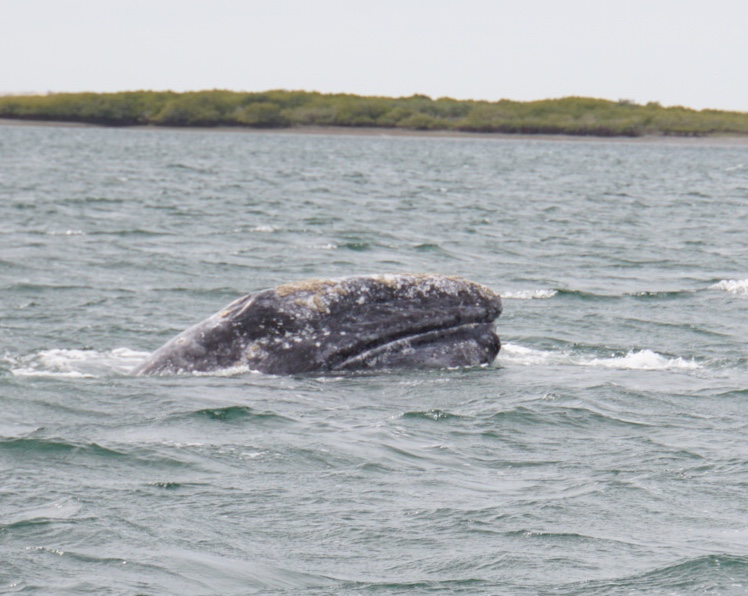 One more photo of a sweet gray in Baja. I think she is smiling…….
One more photo of a sweet gray in Baja. I think she is smiling…….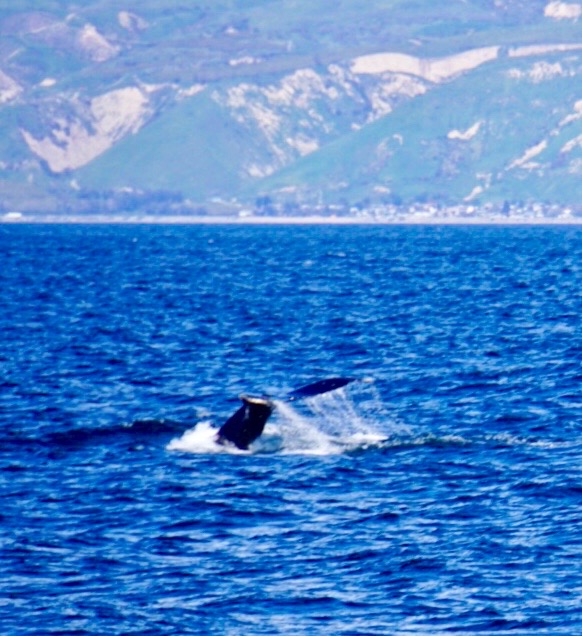
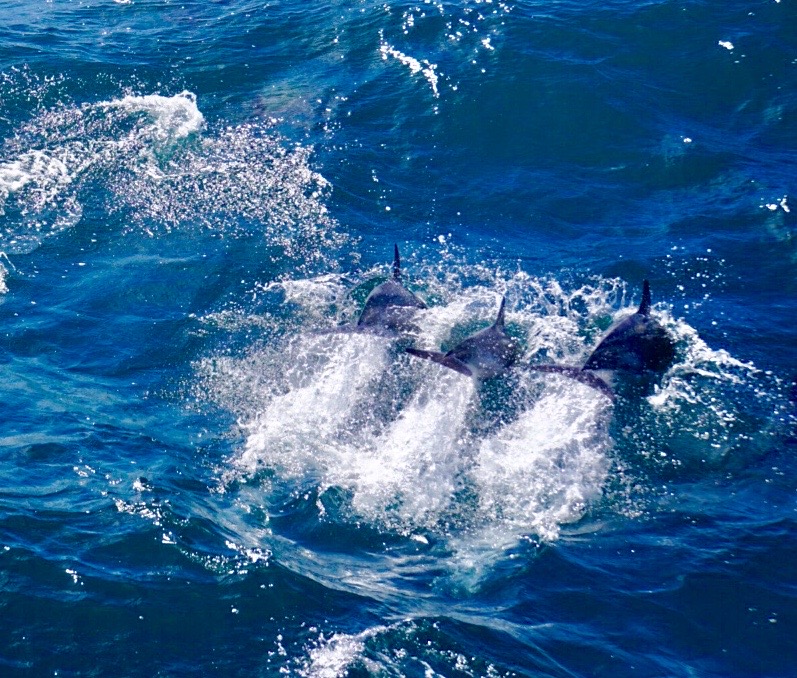

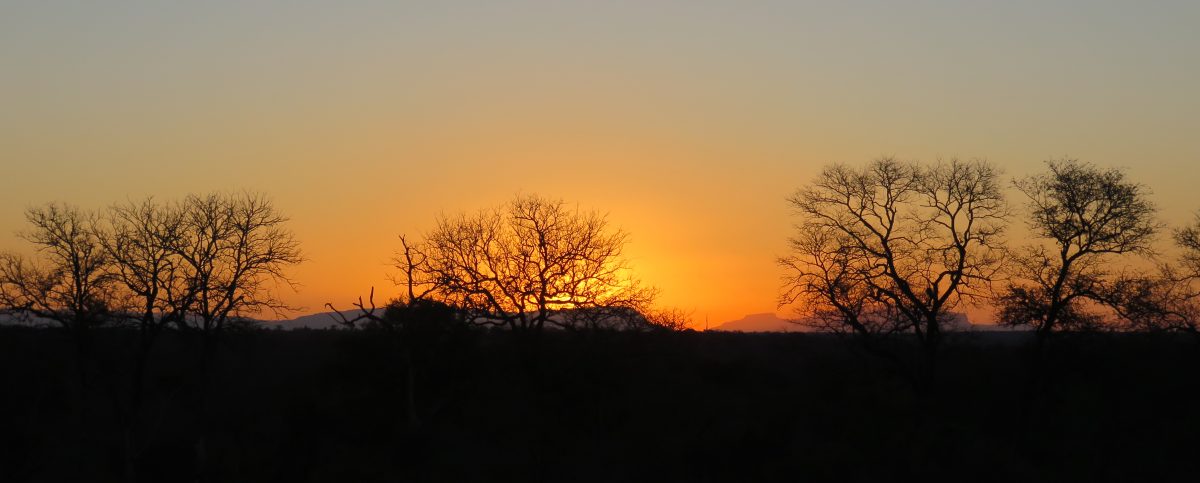
 A Baja, Mexico sunrise. Beautiful, isn’t it? I miss them.
A Baja, Mexico sunrise. Beautiful, isn’t it? I miss them.



 More marine adventures still to come…….
More marine adventures still to come…….